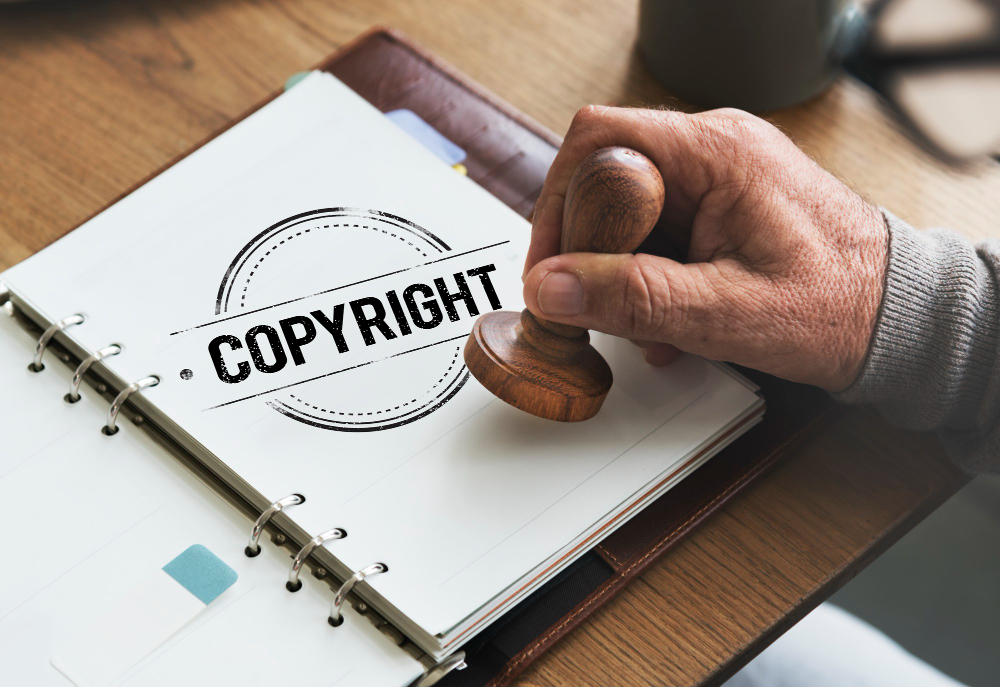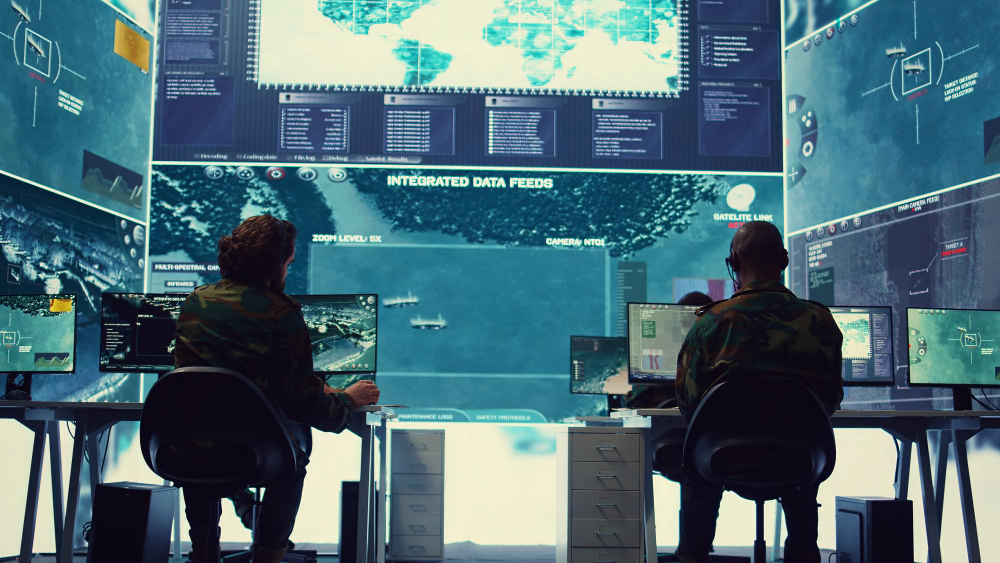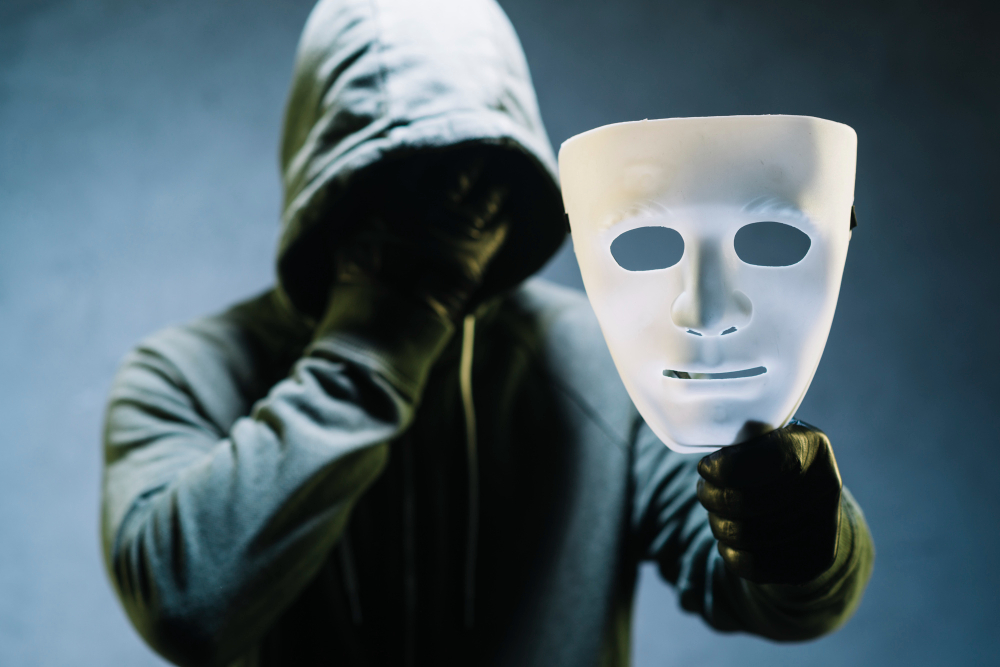In today’s digital-first world, intellectual property is more vulnerable than ever. Whether you’re a photographer, author, software developer, or run a creative business, the threat of unauthorized use of your content looms large. That’s where copyright protection becomes critical. From the moment you publish original work, safeguarding it through strategic legal and digital measures can make a difference between sustained revenue and uncompensated loss. If you’ve ever had your content misused or feared your work would be exploited online, this blog is tailored for you.
This guide breaks down how to enforce copyright protection through actionable steps designed for modern creators and businesses. We’ll walk you through the legal frameworks, the tools available to protect your content, and how experts like AiPlex Anti-Piracy simplify the process. By the end, you’ll have a practical understanding of what it takes to secure your intellectual property, along with a direct path to professional support. To learn more about AiPlex’s offerings, visit our services page.
Things to Know Before Enforcing Copyright Protection
Before diving into the enforcement process, it’s essential to understand the foundational concepts, legal frameworks, and tools involved in copyright protection. Many creators assume their work is automatically protected, but gaps in knowledge can lead to significant vulnerabilities. This section covers the key things you should know upfront.
What Qualifies for Copyright Protection
Copyright protection applies to original works of authorship that are fixed in a tangible medium. This includes literature, music, art, photography, films, software code, and more. However, it does not cover ideas, methods, or factual data. Understanding what qualifies ensures you know what parts of your work can legally be protected. This basic clarity is crucial for any creator or business aiming to secure their assets.
Once your content is created and documented, it gains automatic copyright in many jurisdictions. But registration, especially with government bodies like the U.S. Copyright Office, strengthens your ability to enforce rights in court. Having proof of authorship and the date of creation enhances your legal standing and deters potential infringers.
Differences Between Copyright, Trademark, and Patent
It’s common to confuse copyright with trademark and patent protections. Copyright covers original works like music and writing. Trademarks protect brand identifiers such as logos, slogans, and names. Patents, meanwhile, apply to inventions and technical processes. Knowing the distinctions ensures you’re using the right form of protection for your work.
While all three protect intellectual property, each serves a unique purpose. Mixing them up can result in gaps in your defense strategy. By applying the correct protections, businesses can secure both creative assets and operational innovations effectively.
Importance of Registration and Documentation
Even though many works receive automatic protection upon creation, formal registration provides legal weight in disputes. Registering your copyright ensures you’re eligible to claim statutory damages and attorney’s fees if infringement occurs. It also serves as public notice of your ownership.
Documentation plays a pivotal role too. Maintaining drafts, timestamps, and communication records helps prove originality. This step is especially useful when enforcement requires evidence in a legal setting. A solid paper trail can be the deciding factor in winning a case.
Common Threats and Infringement Scenarios
Digital piracy, unauthorized reproduction, and content scraping are among the top threats facing copyright holders. From social media reposts to entire websites duplicating your content, infringement takes many forms. Understanding common scenarios prepares you to act quickly and effectively.
Misuse may not always be obvious. For example, content reposted without attribution or altered for reuse still qualifies as infringement. Having awareness of how infringement manifests helps you recognize and respond to threats proactively.
Role of Copyright Monitoring Tools
Technology has made it easier to track unauthorized use of copyrighted material. Tools like digital fingerprinting, watermarking, and AI-based monitoring can detect where your content appears online. These systems allow creators to respond with takedown notices or legal action.
Copyright monitoring tools offer 24/7 vigilance, ensuring your content remains protected even when you’re not actively searching. They are especially useful for large content creators and businesses dealing with frequent or large-scale infringements.
Step 1: Identify and Catalog Your Original Work
Before you can protect your content, you need to know what you have. Start by cataloging every piece of original work you want to protect. This includes written content, images, videos, software code, marketing material, and more. Organizing these assets helps you track ownership and prepare for registration or enforcement.
A digital archive can serve as evidence if infringement arises. For each item, include creation dates, contributors, and versions. This record will make formal registration easier and give legal teams a clear picture of your assets.
Step 2: Register Your Copyright with Authorities
While copyright is automatic in many jurisdictions, registration significantly strengthens your legal rights. In countries like the U.S., registration is required before filing a lawsuit for infringement. It enables access to statutory damages and serves as public proof of ownership.
Visit the copyright office in your jurisdiction to submit an application. This typically includes a form, a filing fee, and a copy of the work. Services like AiPlex also assist clients with bulk registration processes, saving time and reducing error.
Step 3: Use Digital Rights Management (DRM) Tools
Digital Rights Management (DRM) software restricts how users can access or share digital content. It’s particularly useful for media industries, including film, publishing, and software. By embedding DRM, you can control copying, printing, and redistribution of your material.
Tools such as Adobe Content Server or Apple FairPlay offer robust DRM for different content types. Implementing DRM sends a clear message: your work is not free for the taking. It also deters casual piracy and ensures only authorized users can access your creations.
Step 4: Monitor the Internet for Infringements
Continuous monitoring is key to catching copyright violations early. Automated tools scan the web, social media, and torrent sites to detect copies of your content. When an unauthorized use is identified, you can initiate takedown procedures immediately.
AiPlex offers advanced monitoring services using AI and fingerprinting to locate pirated content. This service provides creators with real-time alerts and detailed reports, helping them respond faster to threats and reduce damages.
Step 5: Send Takedown Notices or Cease and Desist Letters
Once an infringement is discovered, the next step is to act swiftly. A DMCA takedown notice or a cease and desist letter notifies the offender of the violation and demands removal. These legal instruments are often effective at stopping unauthorized use without going to court.
Make sure your notices include proof of ownership and specify the infringing content. You can send these yourself or work with a service provider like AiPlex to streamline the process. Prompt action discourages repeat offenses and asserts your legal rights.
Step 6: Pursue Legal Action When Necessary
If informal steps fail, legal action might be required. Filing a lawsuit should be a last resort, but it’s sometimes necessary to claim damages and prevent further misuse. With registered copyright, you can seek financial compensation and potentially attorney’s fees.
Working with an experienced intellectual property attorney ensures your case is handled professionally. AiPlex offers legal assistance and can help gather evidence, prepare documentation, and support your claim in court.
Step 7: Partner with a Copyright Protection Service
Protecting content requires ongoing vigilance. Partnering with a professional copyright protection service like AiPlex reduces the burden. From registration to monitoring and enforcement, these services offer end-to-end solutions tailored to your needs.
With expertise in anti-piracy, AiPlex employs advanced tools and legal strategies to keep your content secure. Businesses and creators can focus on growth while AiPlex manages the risks and complexities of copyright protection.
Why Choose AiPlex for Copyright Protection?
AiPlex brings over a decade of experience in protecting digital content across industries. Whether you’re an independent creator or a global brand, their services scale to meet your needs. They combine technology, legal expertise, and a customer-first approach to deliver reliable results.
With 24/7 monitoring, legal takedown services, and a track record of success, AiPlex has become a trusted partner for those serious about copyright protection. Their team ensures your creative assets remain just that—yours. Explore our copyright solutions today.
Conclusion
Enforcing copyright protection is more than a legal safeguard—it’s a vital business practice. From initial creation to global enforcement, each step helps preserve the value and integrity of your intellectual property. With threats evolving in the digital space, staying proactive is the best defense.
By understanding your rights, registering your work, leveraging technology, and enlisting expert support from AiPlex, you ensure your creative efforts are respected and monetized fairly. Don’t leave your content vulnerable. Secure it, enforce it, and grow your business with peace of mind.
FAQs
- What is copyright protection and why is it important?
Copyright protection ensures creators retain legal rights over their original content, preventing unauthorized use and enabling monetization. - Is copyright automatic or do I need to register it?
Copyright is automatic in many regions upon creation, but registration offers stronger legal rights, especially in court disputes. - What types of work can be copyrighted?
Literary works, music, art, films, software code, and even marketing materials qualify if they are original and tangible. - How can I check if my content is being pirated online?
Use monitoring tools or partner with services like AiPlex to track unauthorized distribution of your content. - What is a DMCA takedown notice?
It’s a legal request sent to platforms or infringers to remove content that violates your copyright. - Can I copyright ideas or methods?
No, copyright only applies to the expression of ideas, not the ideas themselves. - How does AiPlex help with copyright protection?
AiPlex offers registration assistance, monitoring, takedowns, and legal support to protect your digital content end-to-end. - What is DRM and how does it work?
Digital Rights Management restricts access and sharing of digital files, helping prevent unauthorized use. - When should I pursue legal action?
If informal steps fail to stop infringement, legal action may be needed to enforce rights and seek damages. - Can businesses also use copyright protection services?
Absolutely. Businesses benefit from professional services like AiPlex to manage complex copyright enforcement efficiently.



